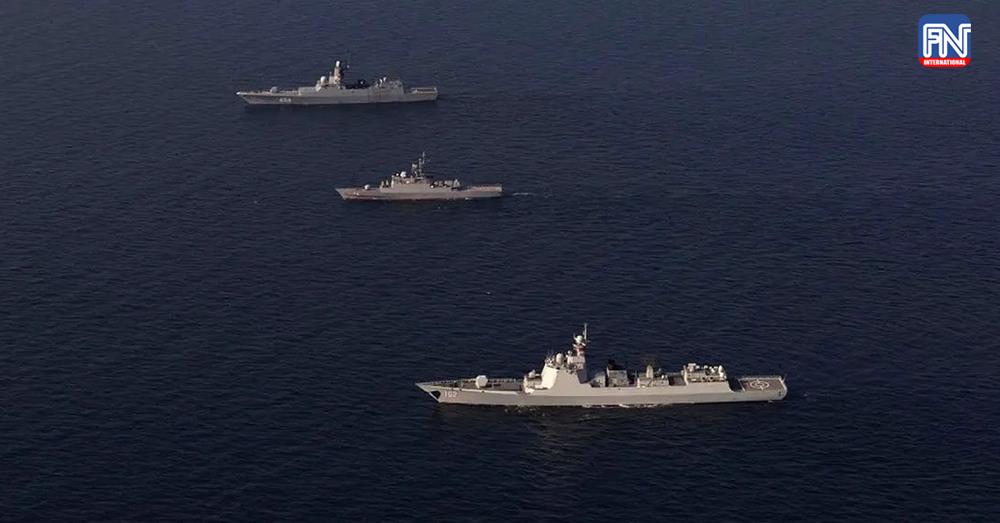BEIJING, July 24 (Reuters) - China and Russia on Sunday wrapped up an air and naval exercise in the Sea of Japan aimed at "safeguarding" the security of waterways, the Chinese defence ministry said.
The show of solidarity between the militaries comes at a time when the United States is beefing up ties with Japan and South Korea and the North Atlantic Treaty Organization (NATO) is looking to deepen its presence in the region, to the anger of China and Russia.
More than 10 warships and over 30 warplanes from both sides took part in the four-day "Northern/Interaction-2023" exercise as Chinese and Russian navies and air forces jointly planned and commanded naval and aerial escorts, deterrence and repelling exercises.
Chinese director of the drills Qiu Wensheng described the exercise as "a major move" in safeguarding the security of strategic waterways, while Rear Admiral Calery Kazkov of Russia, deputy director of the drill, said it had strengthened the ability of both sides to handle military threats, according to the Chinese statement.
The exercise is the latest of gesture of enhanced military cooperation between China and Russia that has seen more frequent top military official interactions, as well as more military drills between the two.
It comes at a time of heightened military and security activity between the U.S. and its major Asian allies.
Last month, the White House said National security advisers for the United States, Japan and South Korea discussed maintaining stability in the Taiwan Strait and coordination over the East China and South China Seas.
Earlier this month, Japan and NATO agreed on new partnership programme, NATO chief Jens Stoltenberg expressing concern about China's military buildup. China on Monday warned Japan of NATO's expansion into the Asia-Pacific.
Against that backdrop are escalating tensions with North Korea, a longtime ally of China.
On Thursday, Pyongyang said deployment of U.S. aircraft carriers, bombers or missile submarines in South Korea could meet criteria for its use of nuclear weapons.
For the first time since the 1980s, a U.S. nuclear-armed ballistic missile submarine (SSBN) visited South Korea last week.
